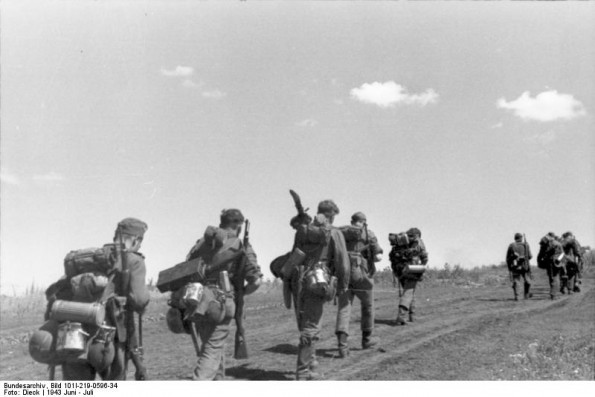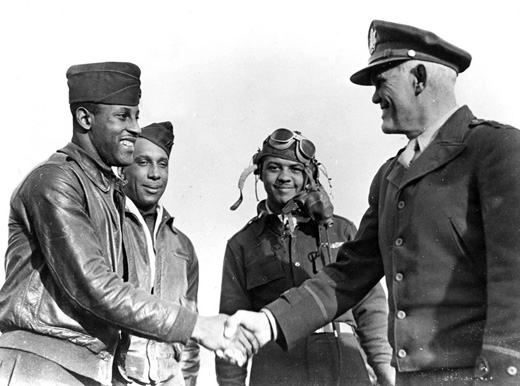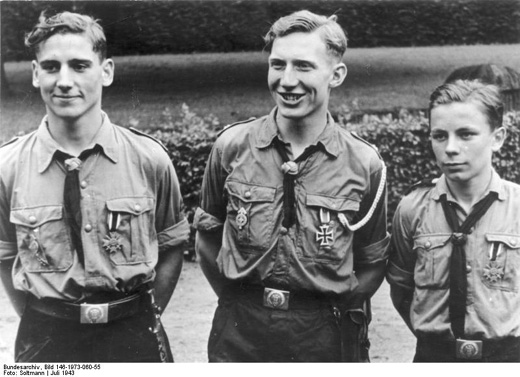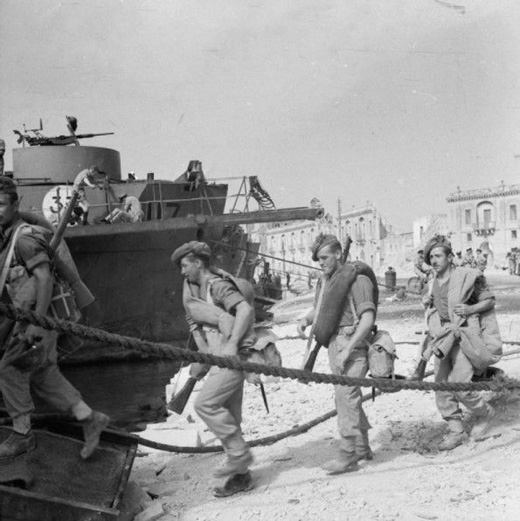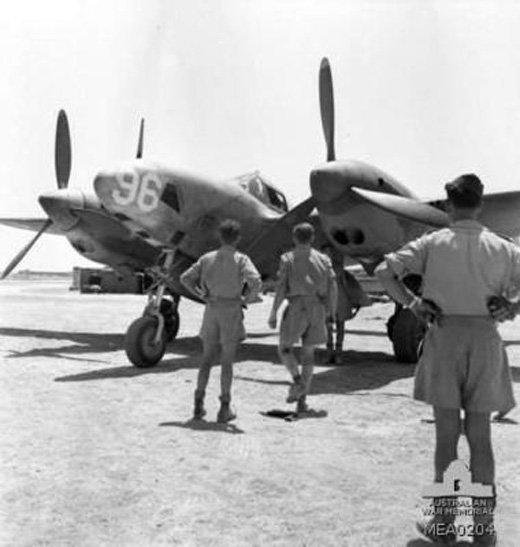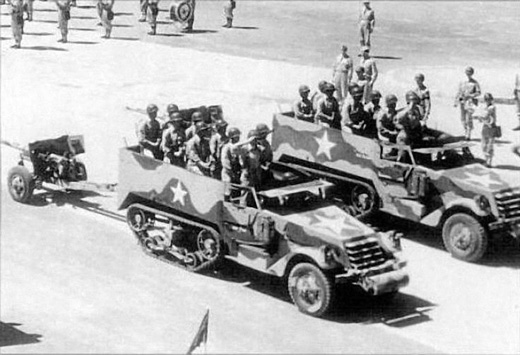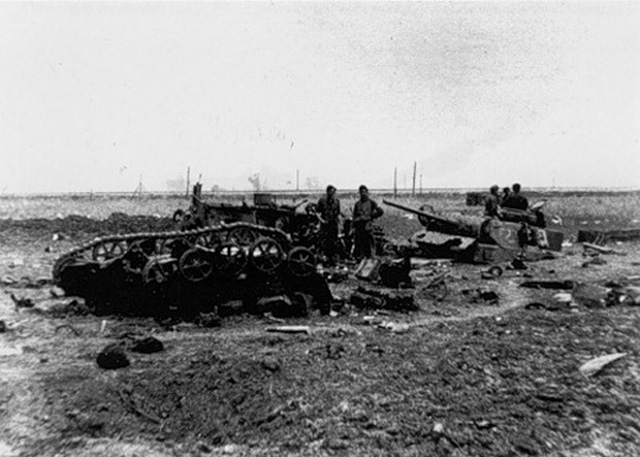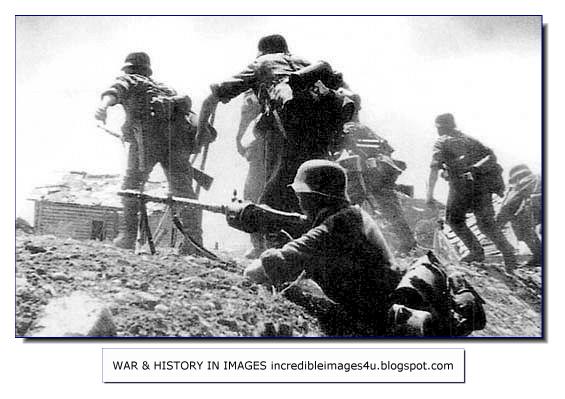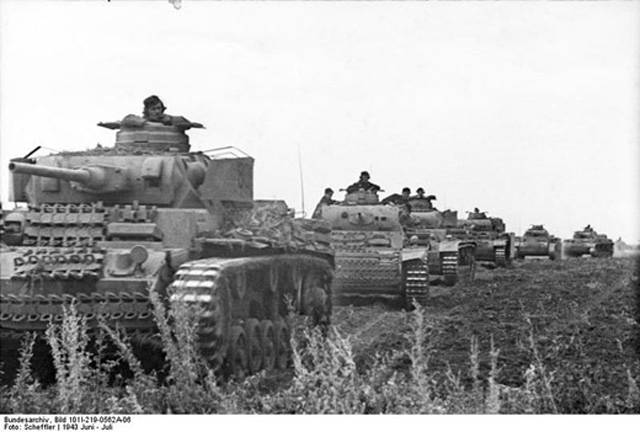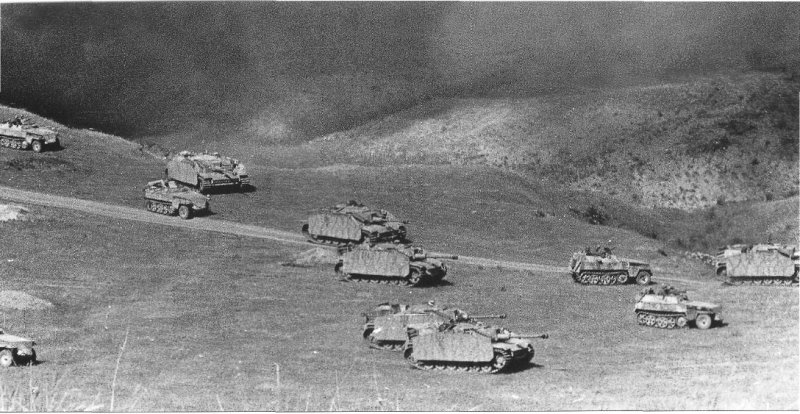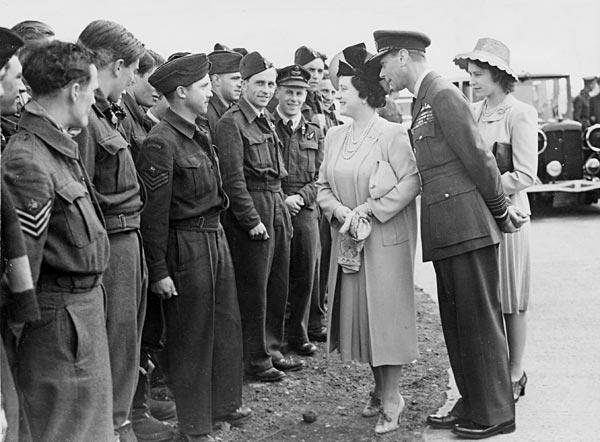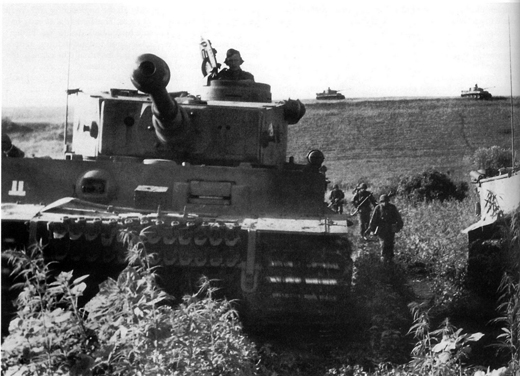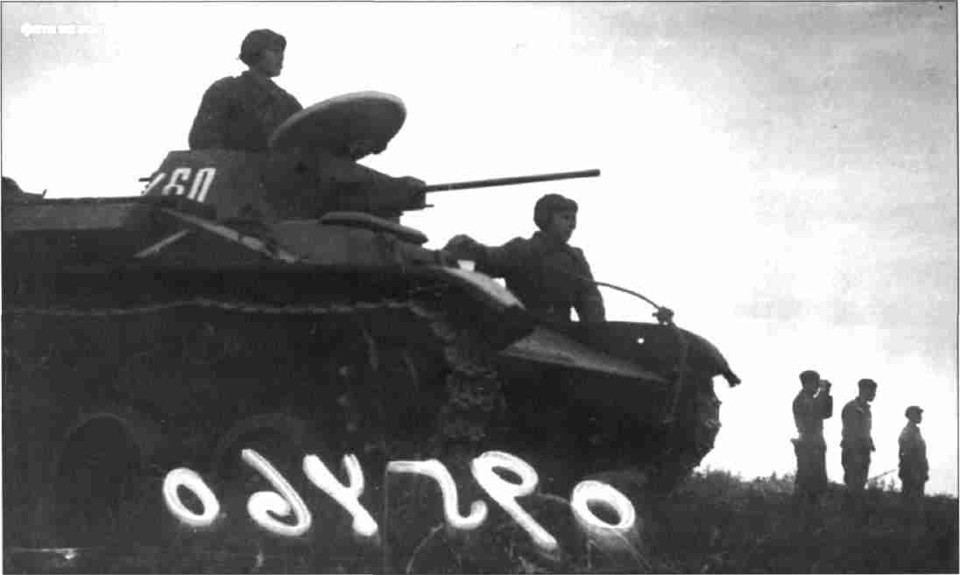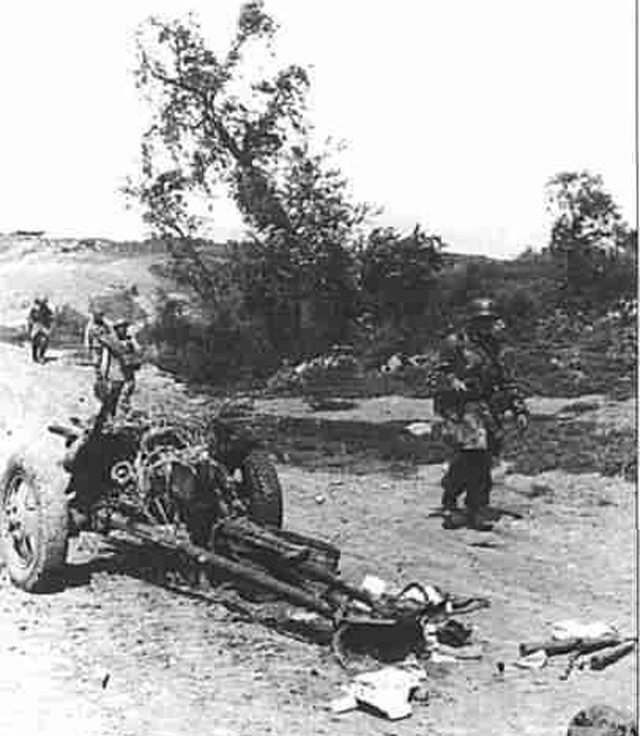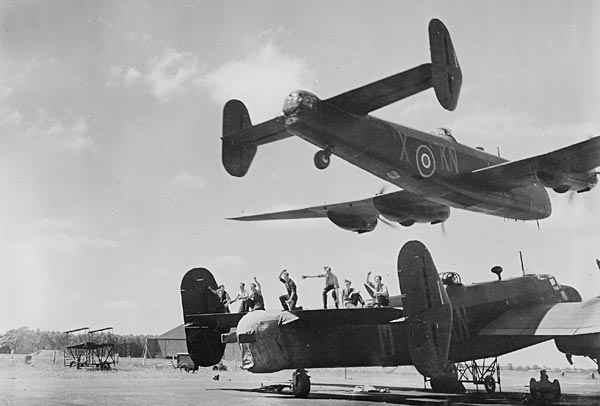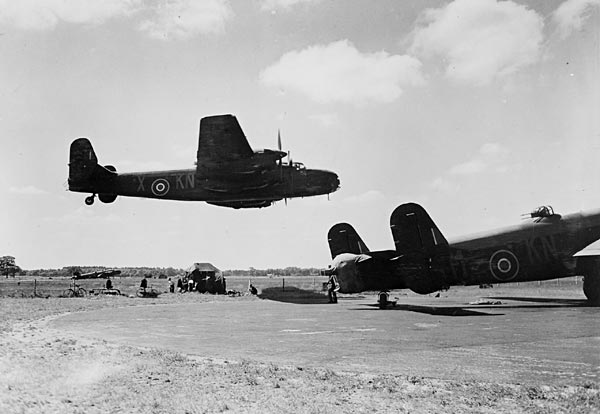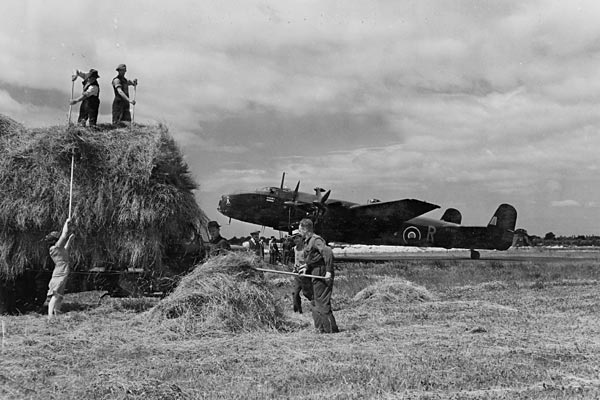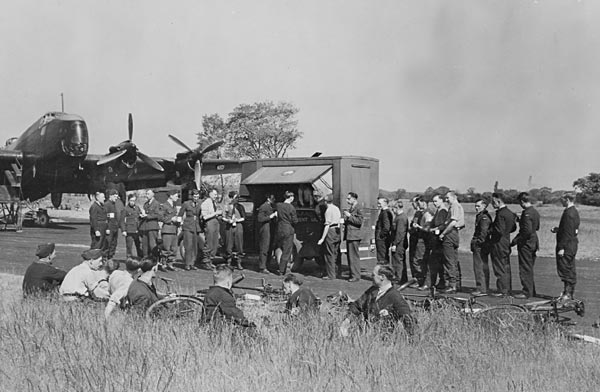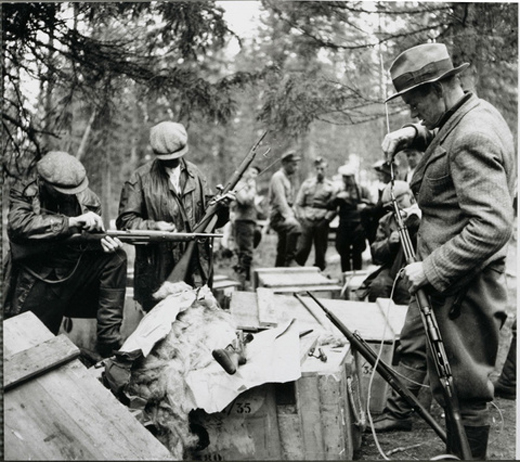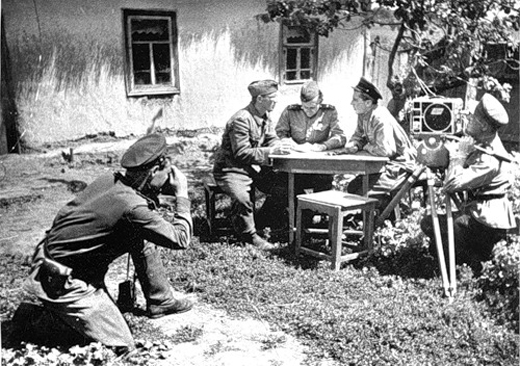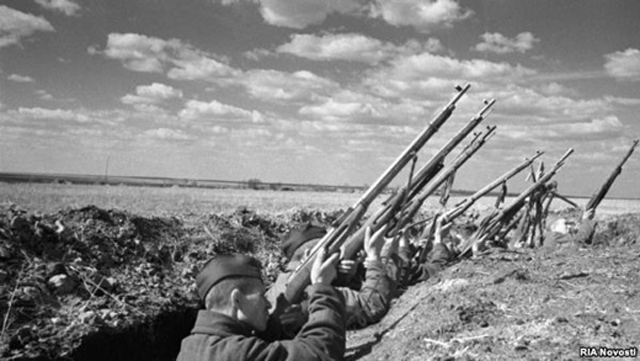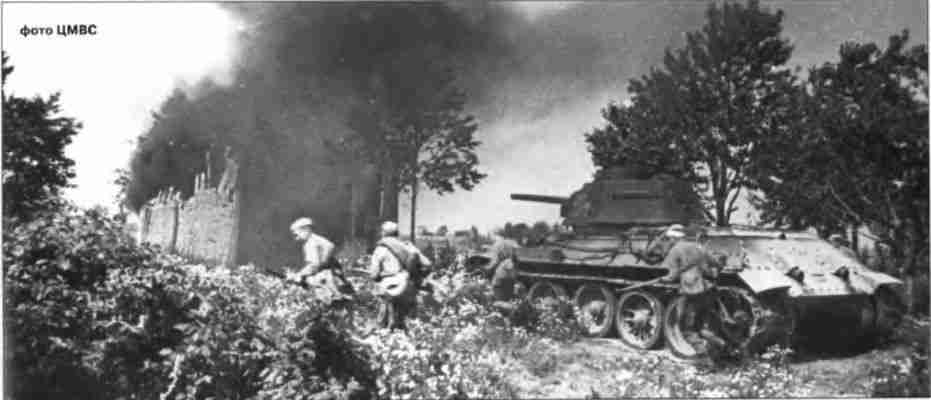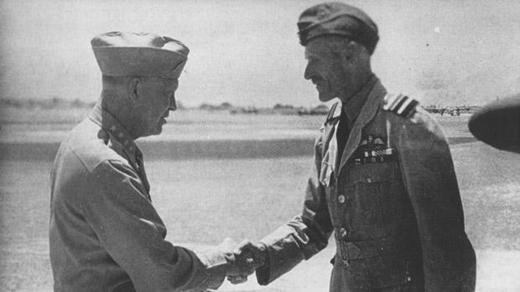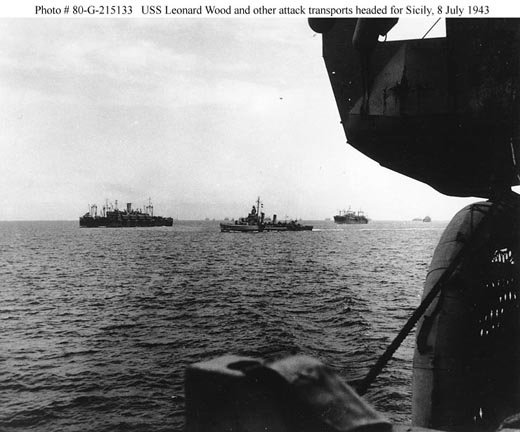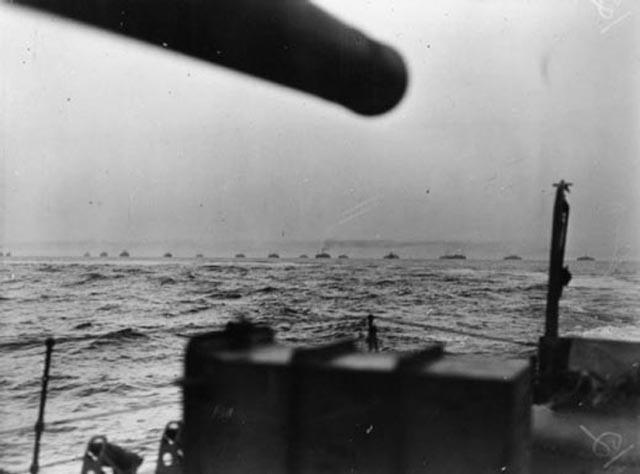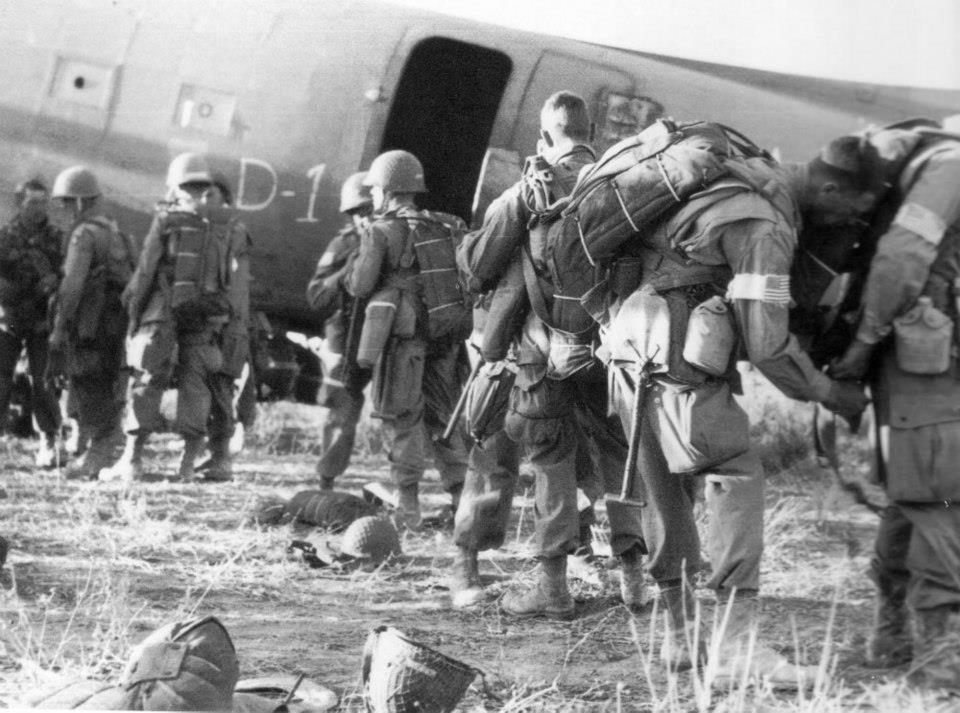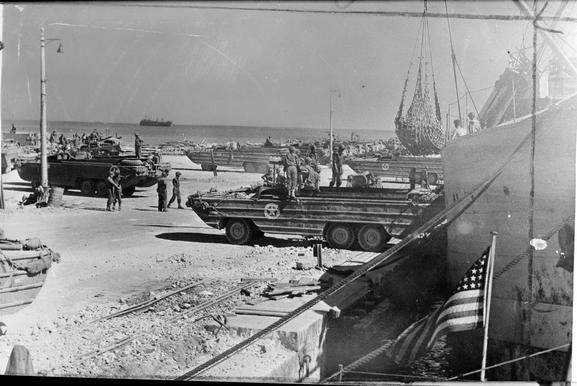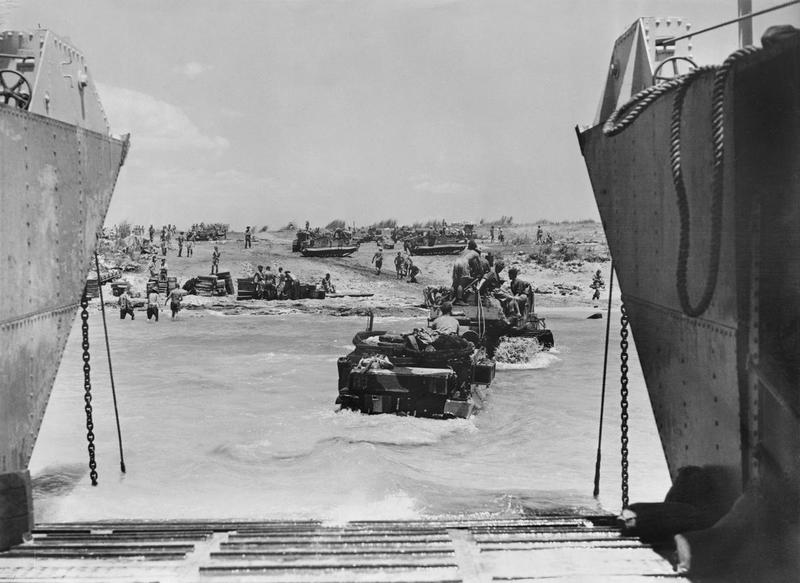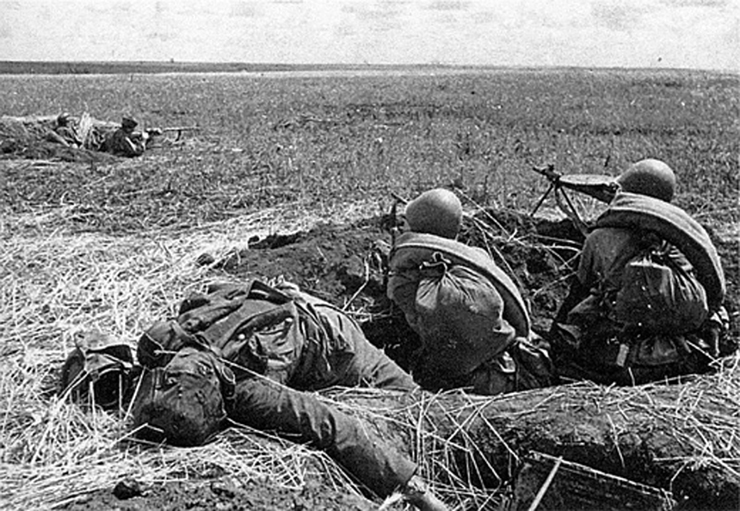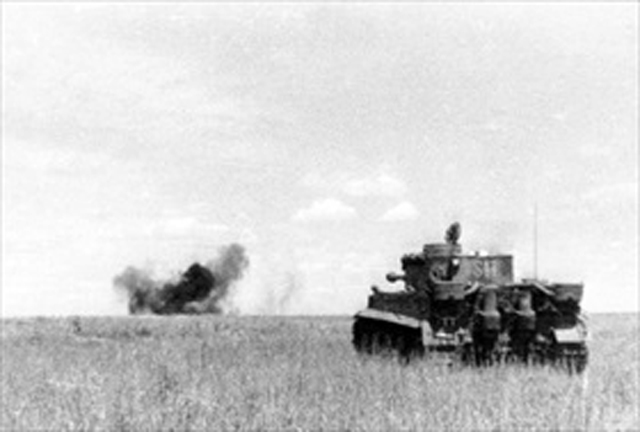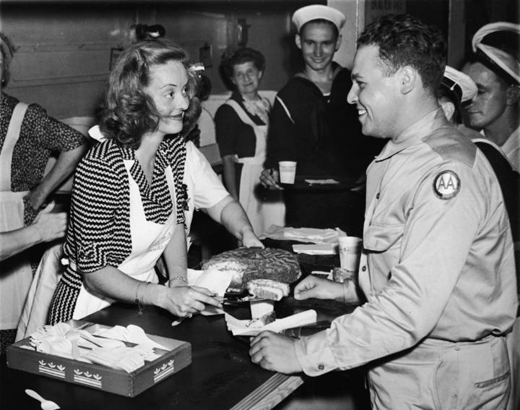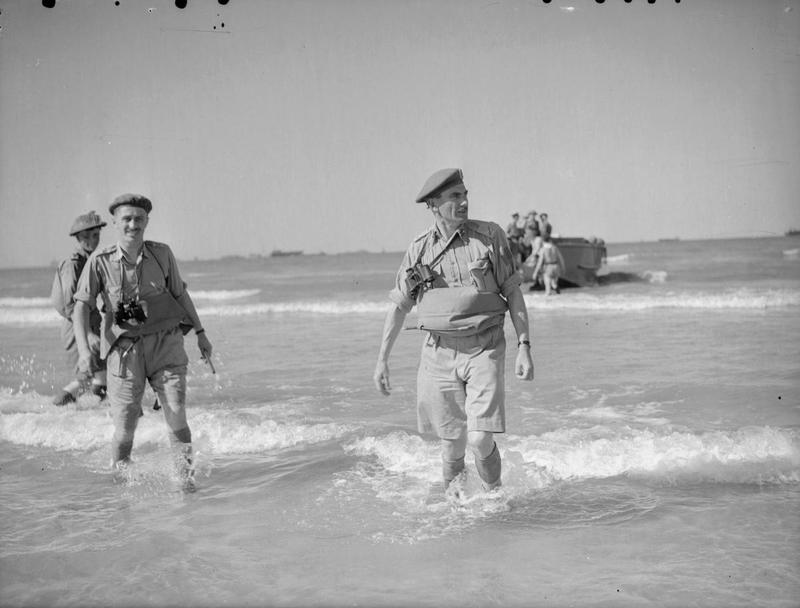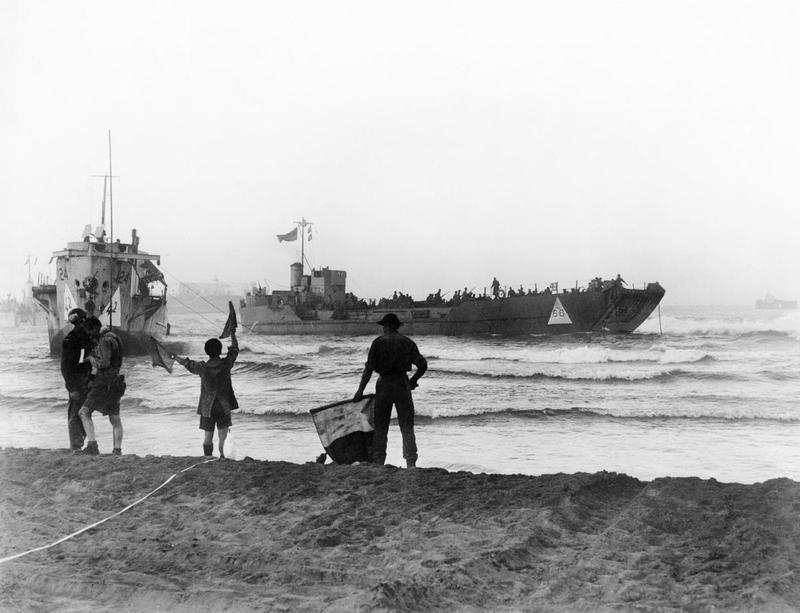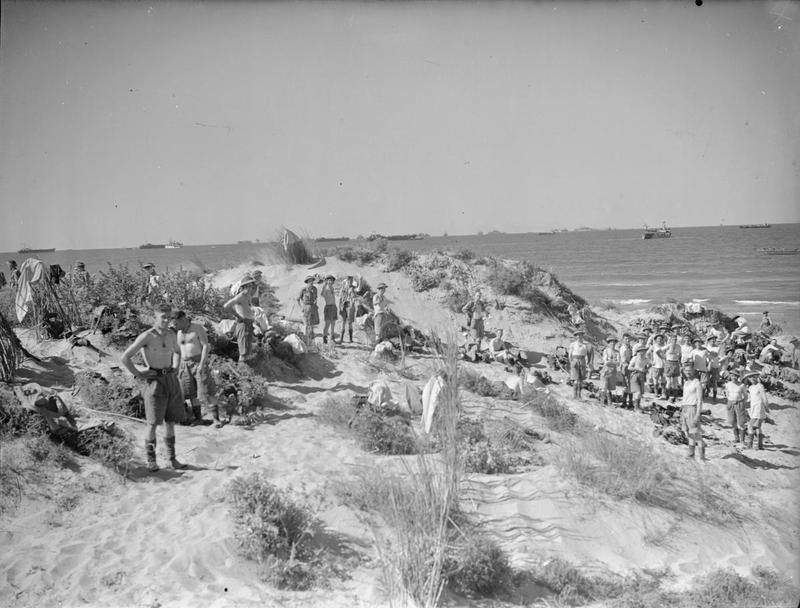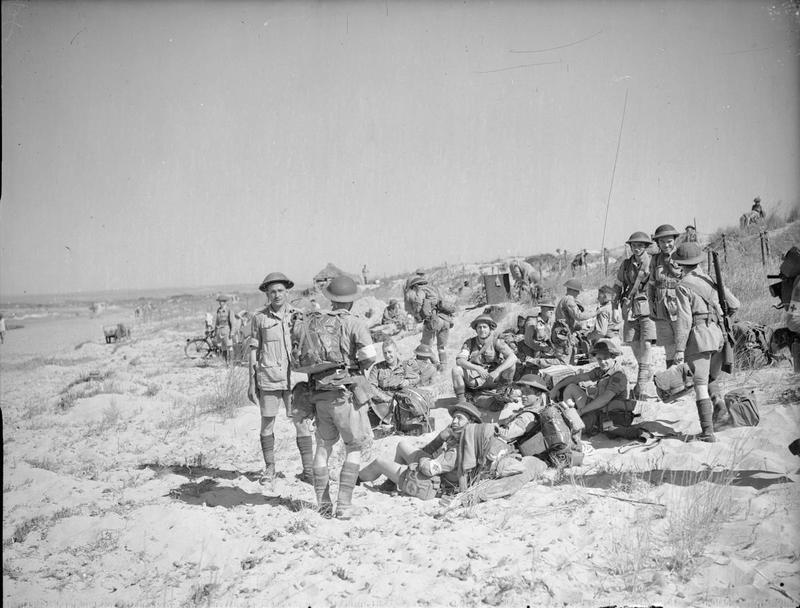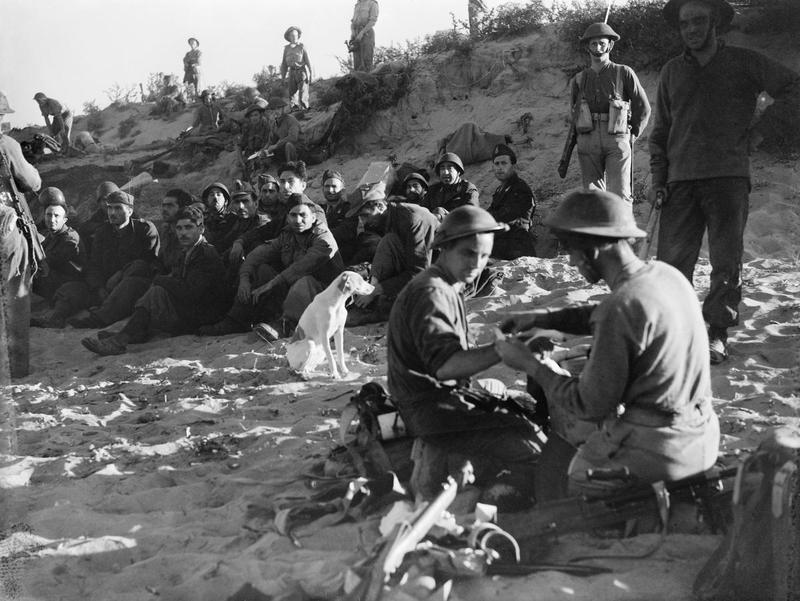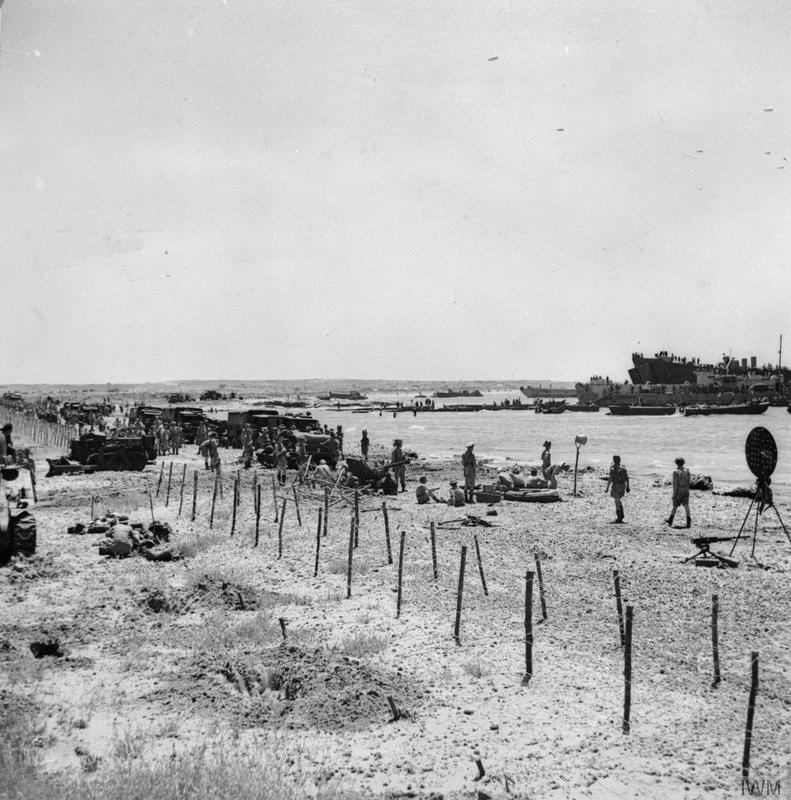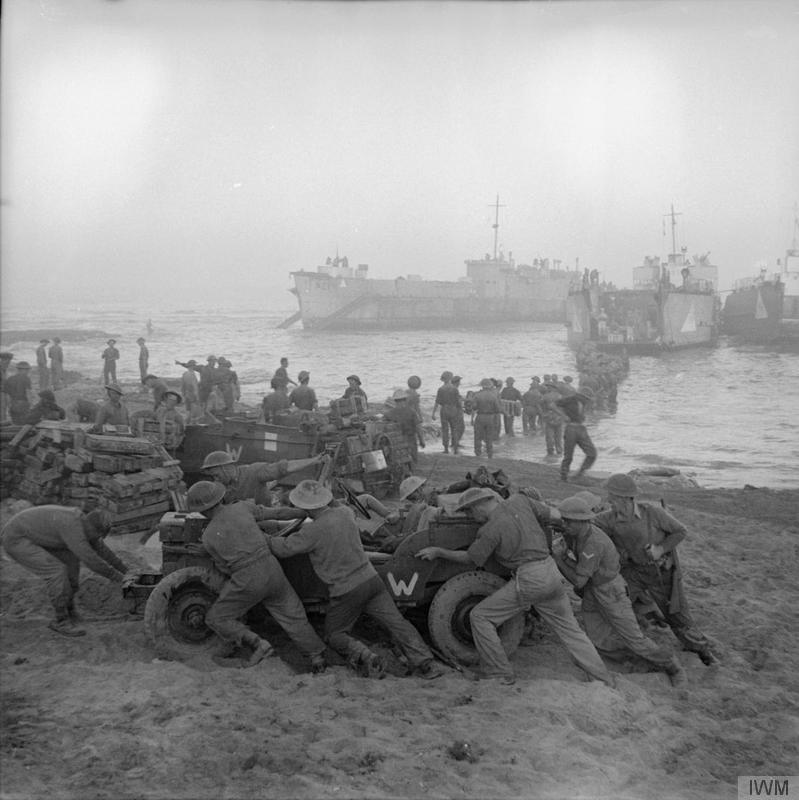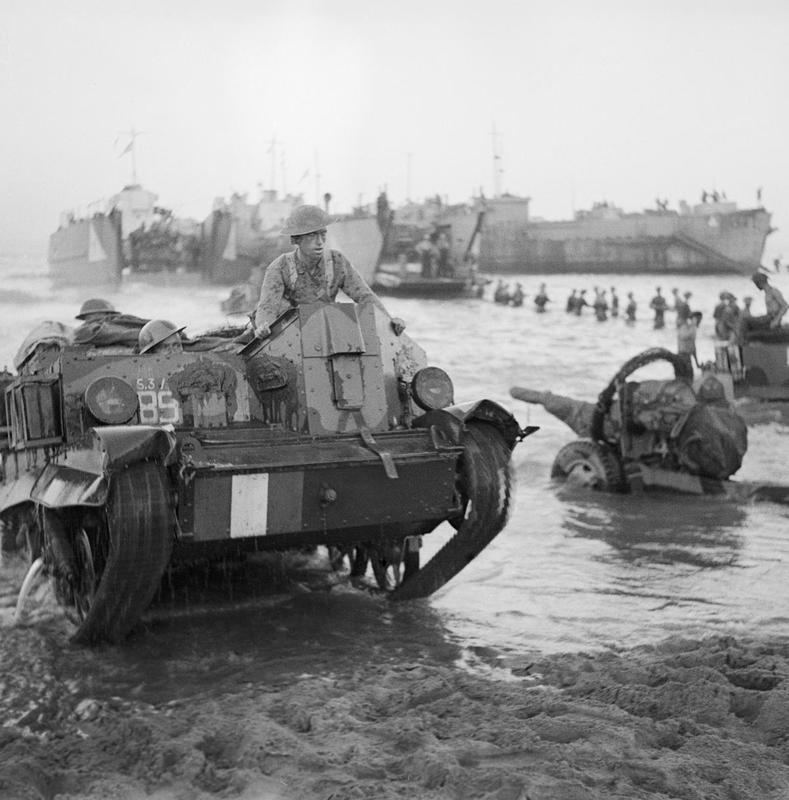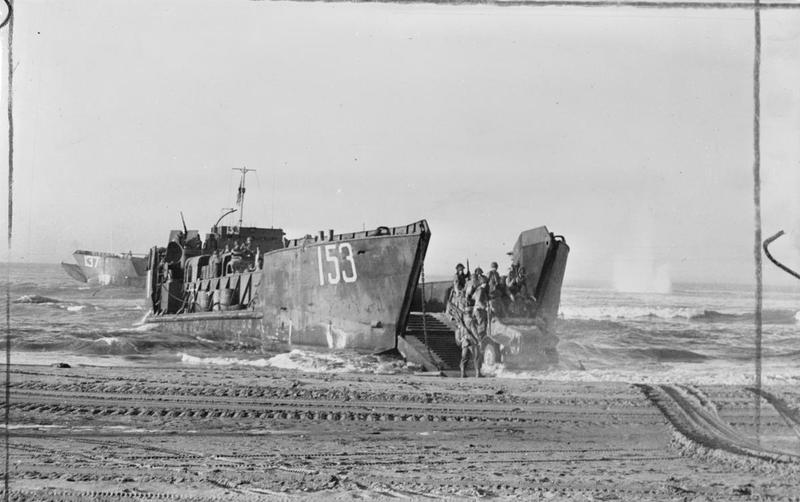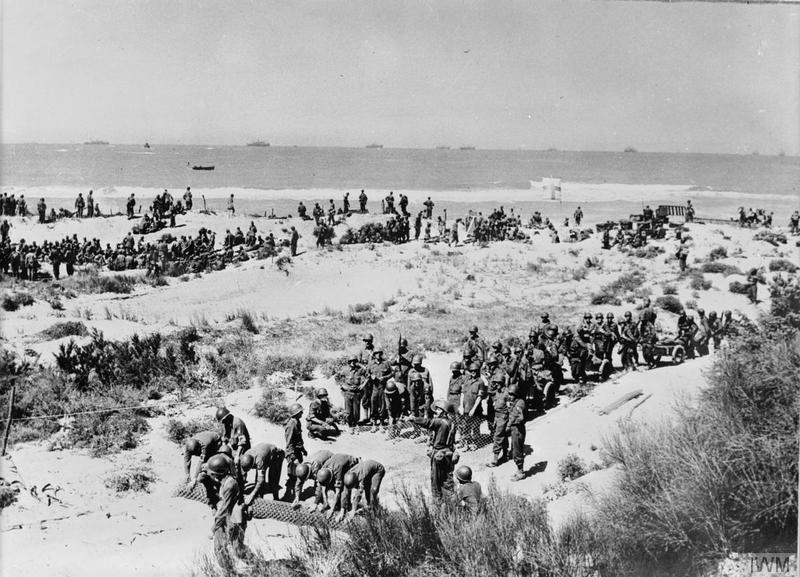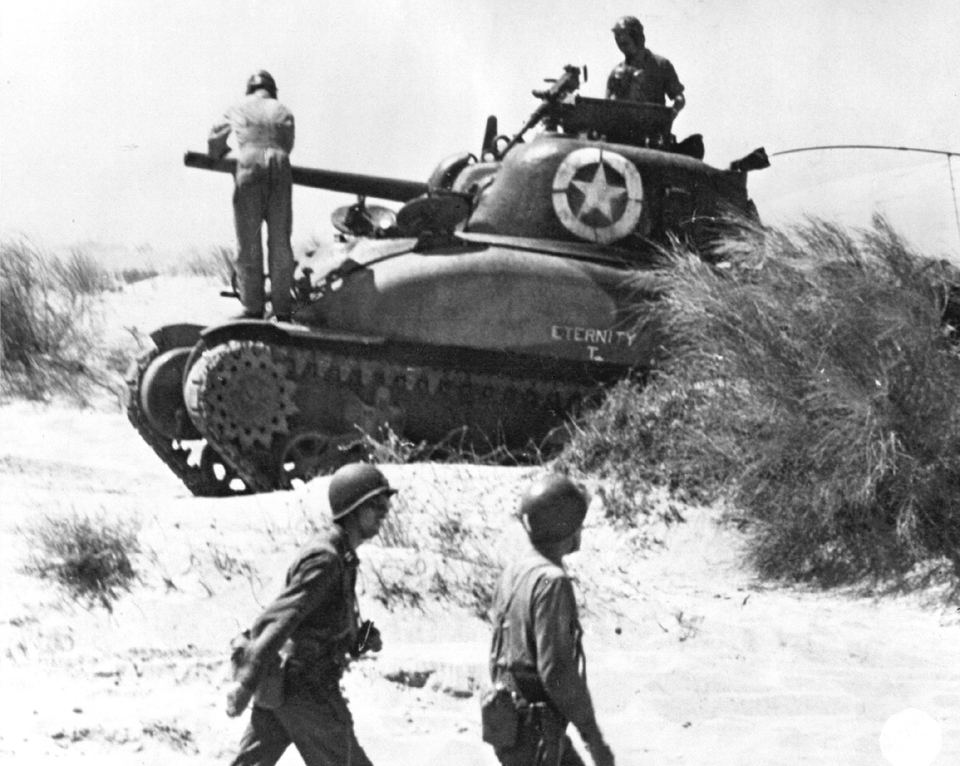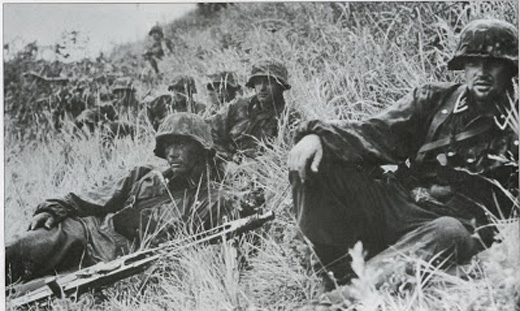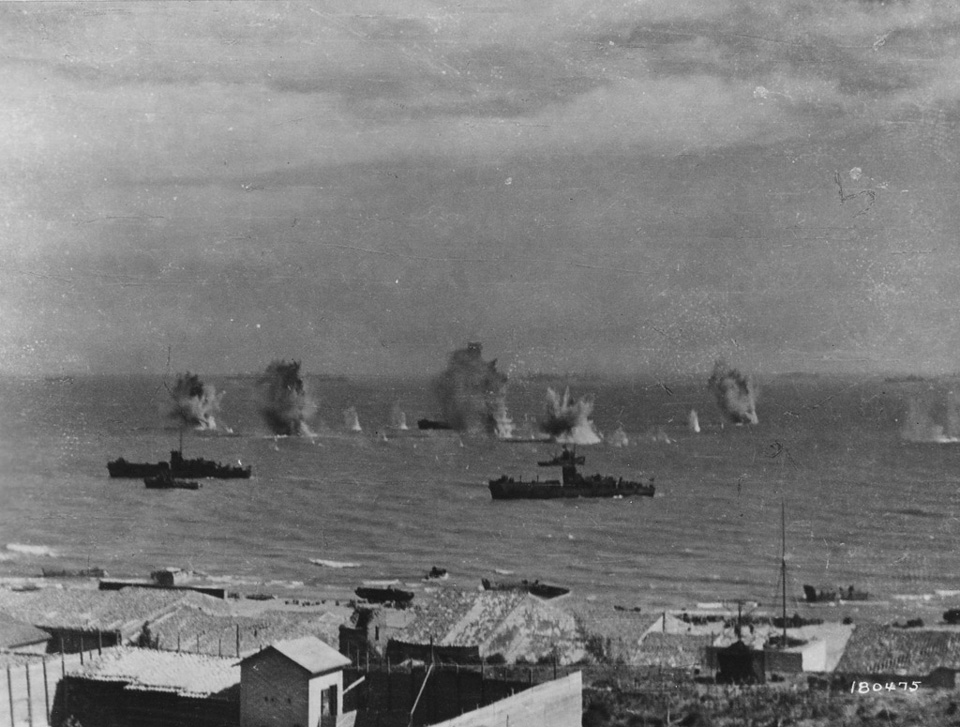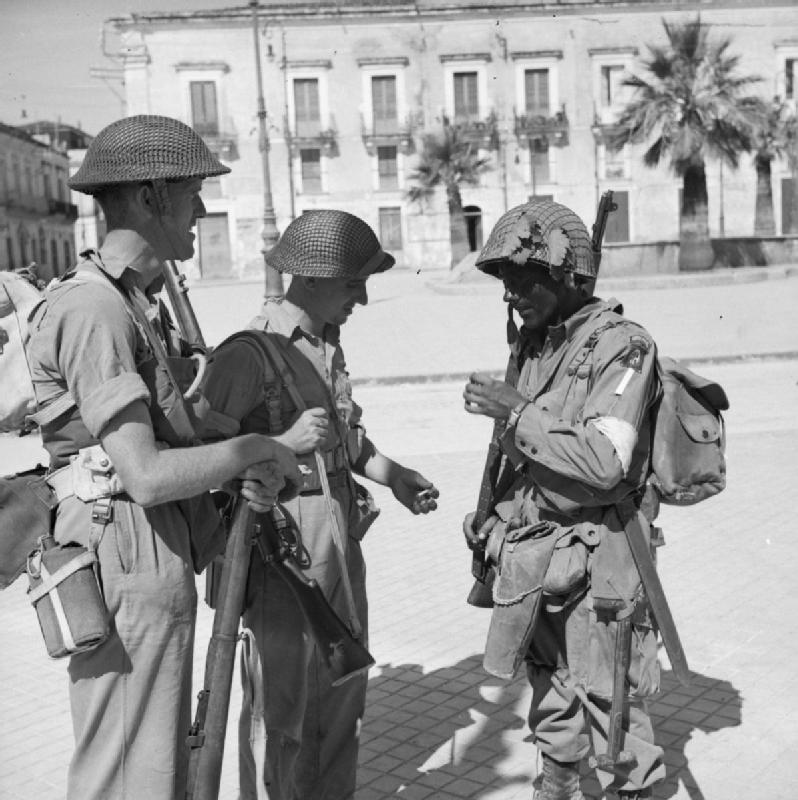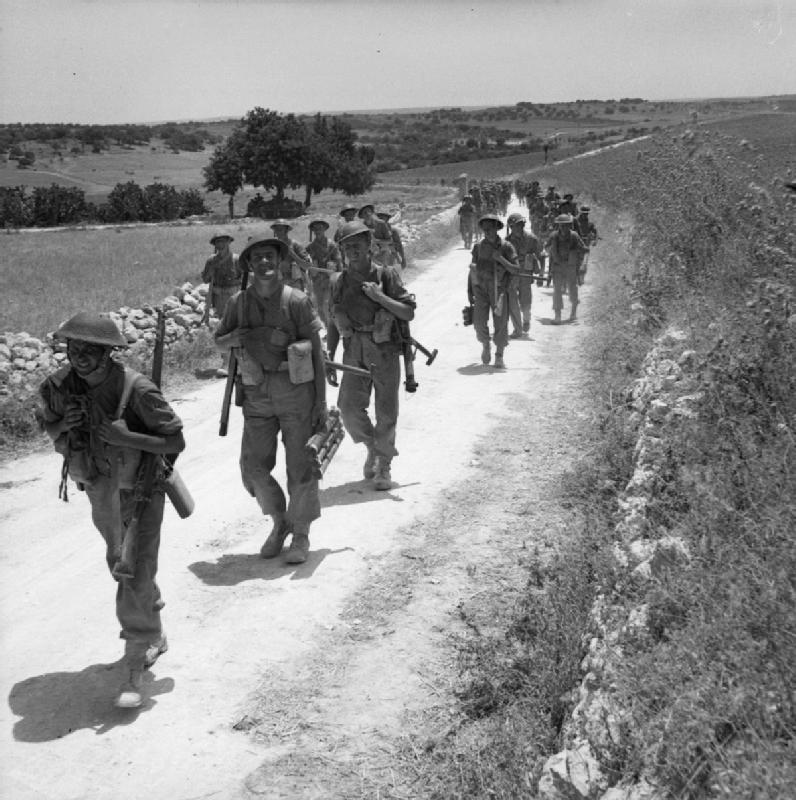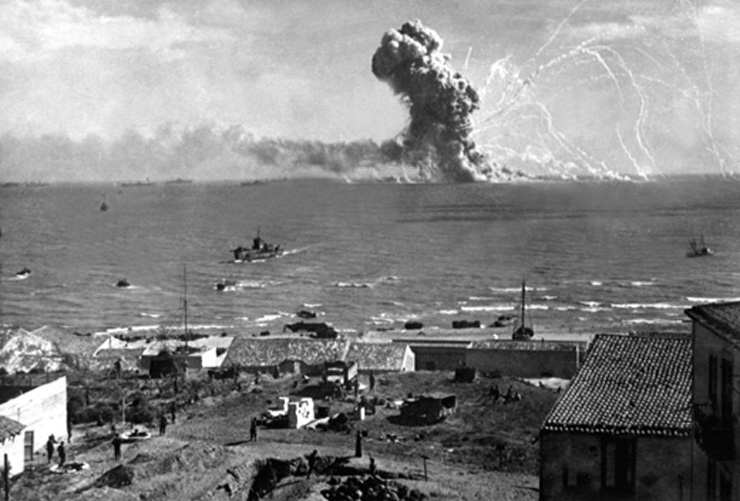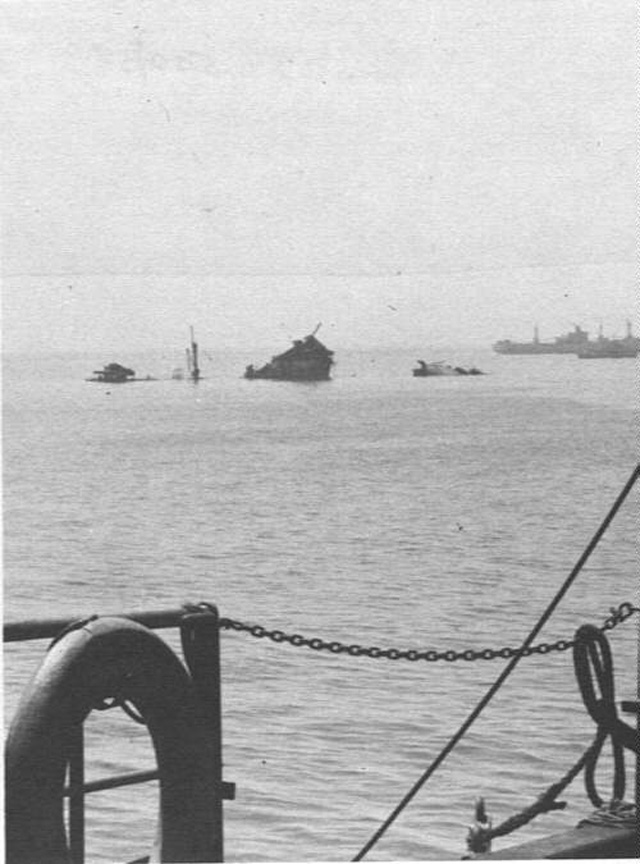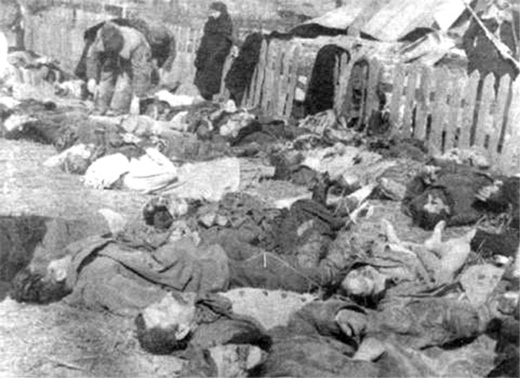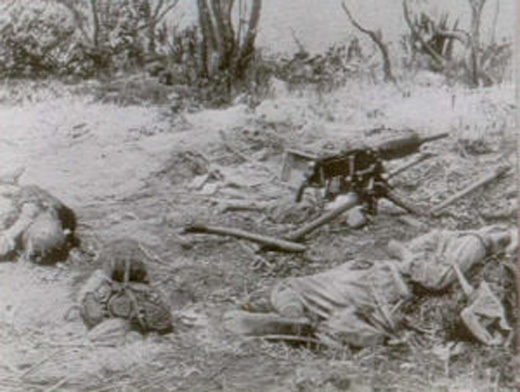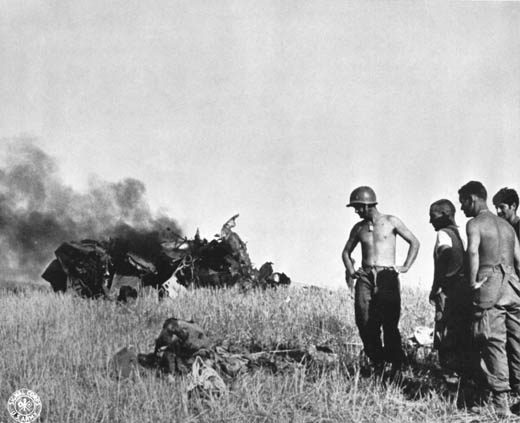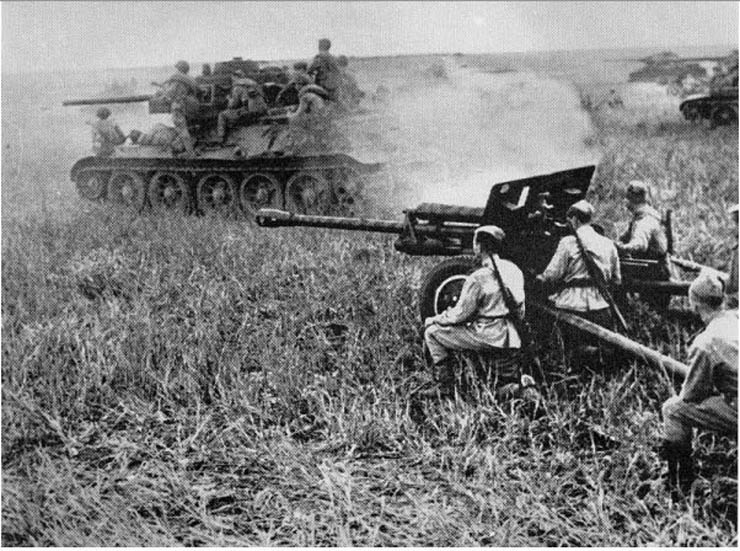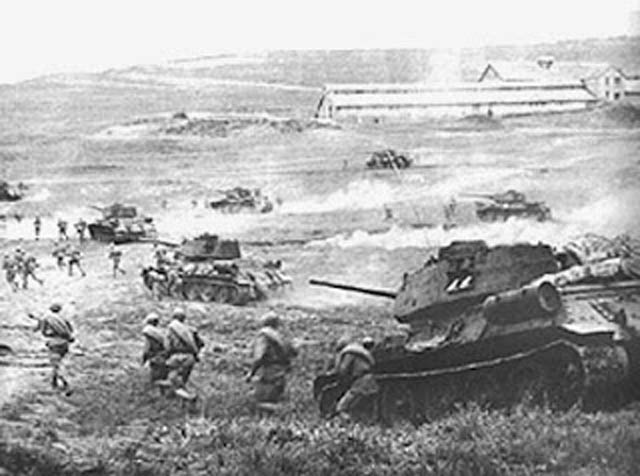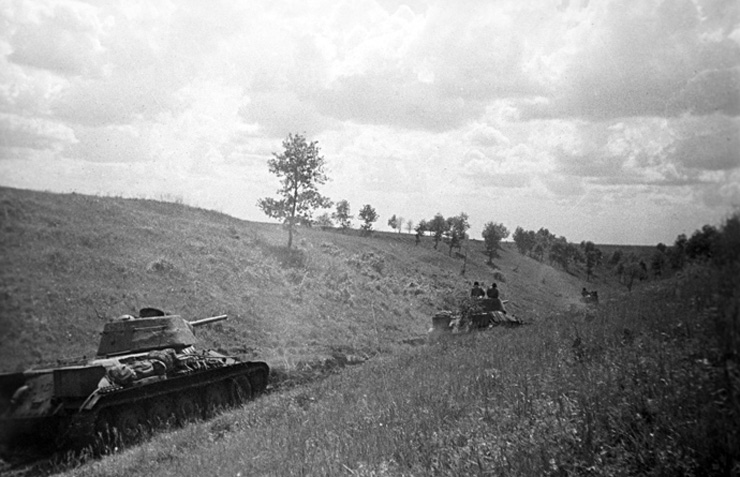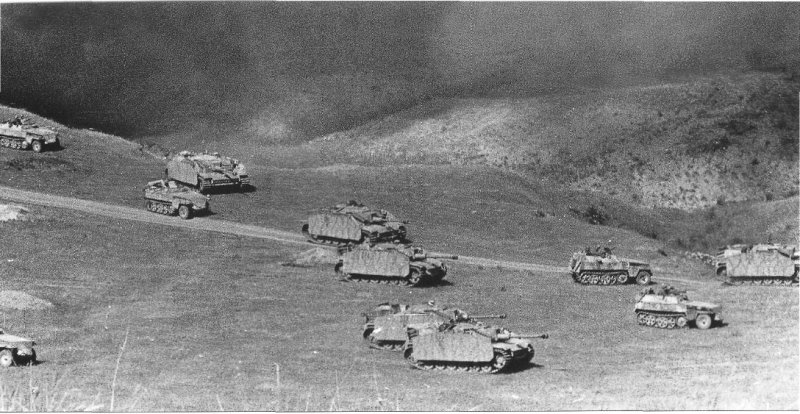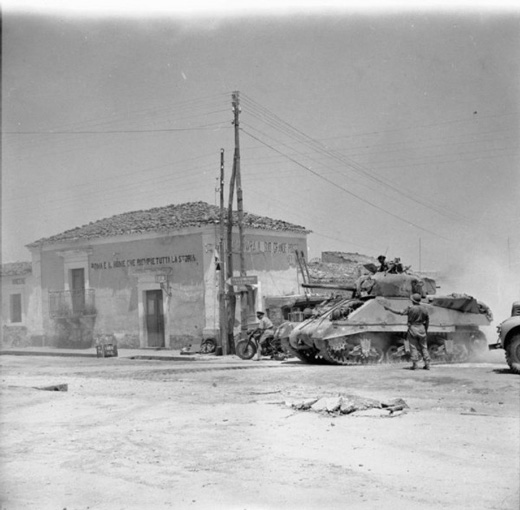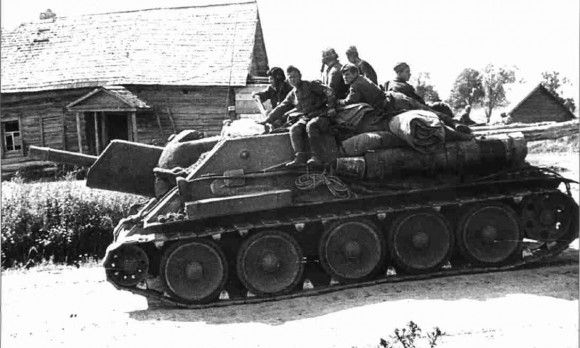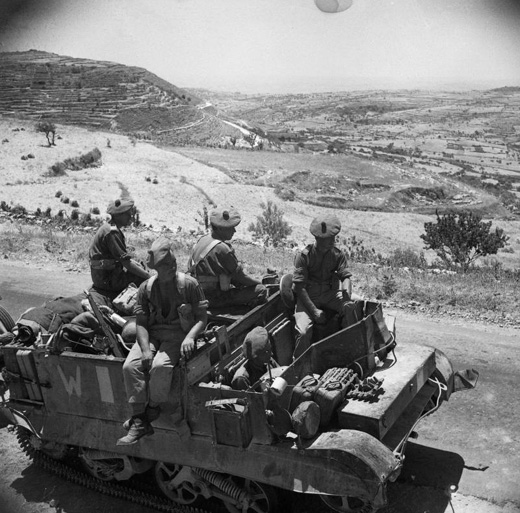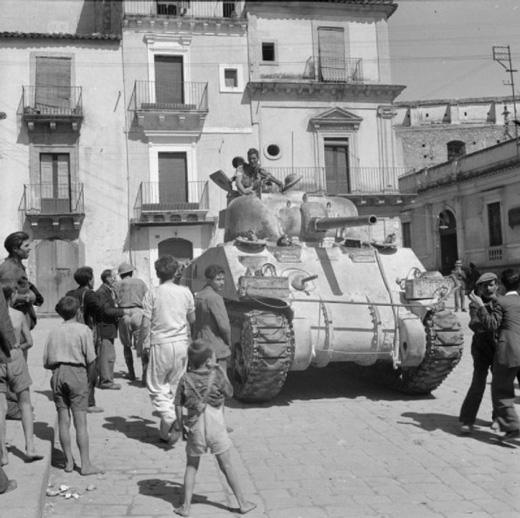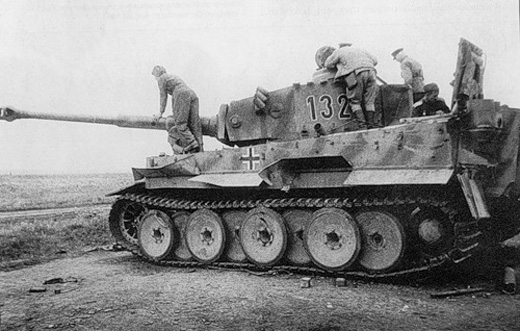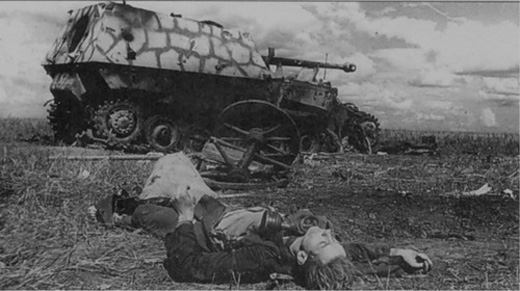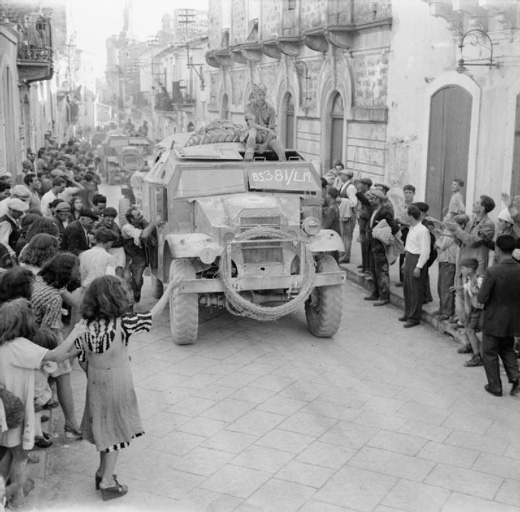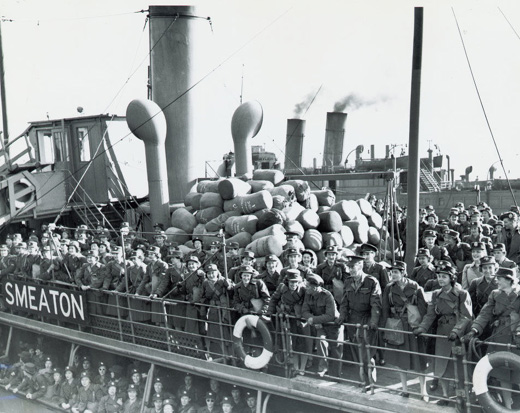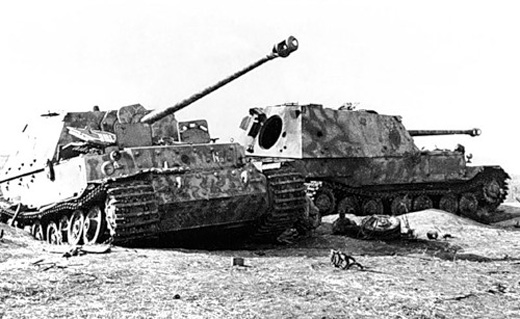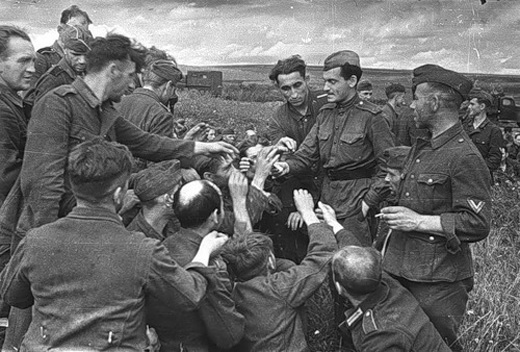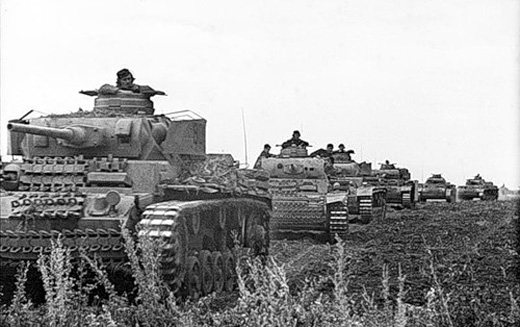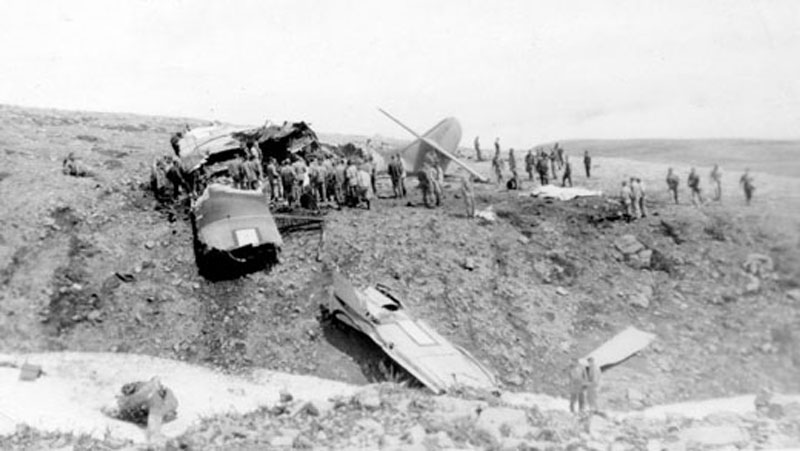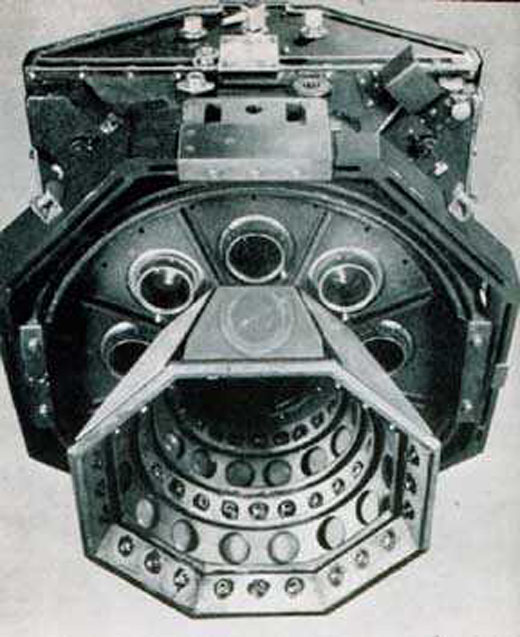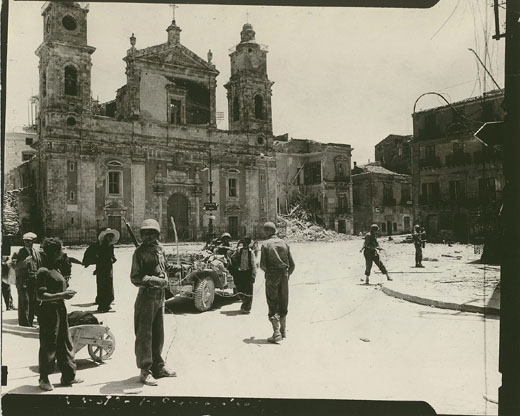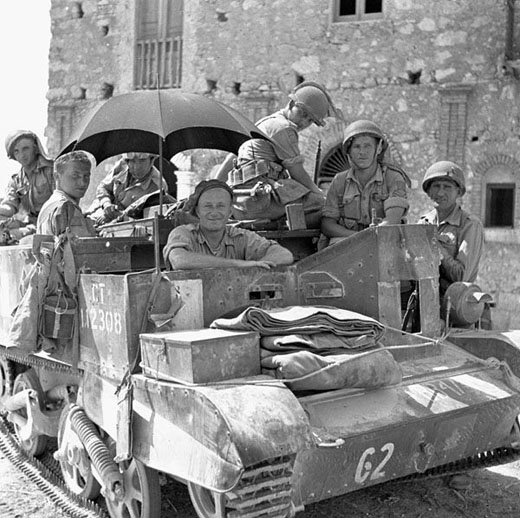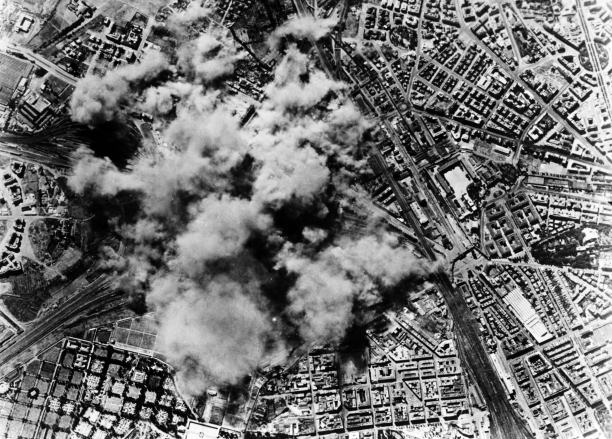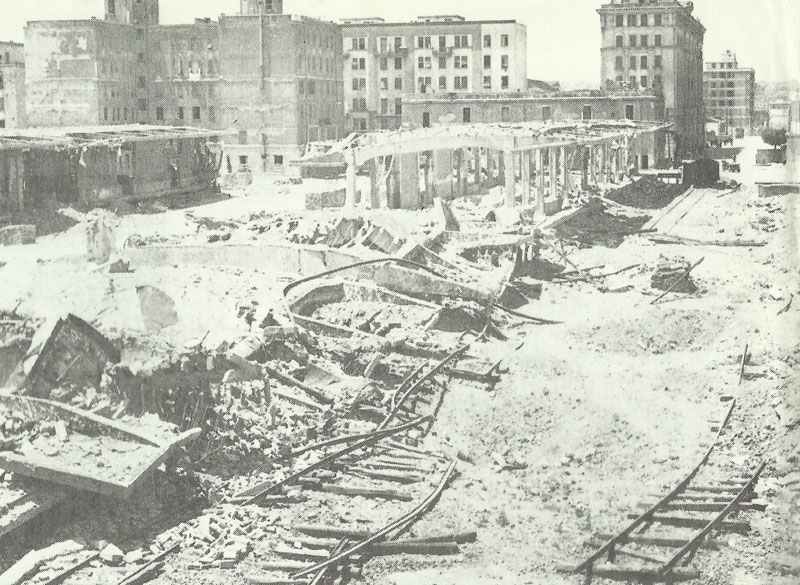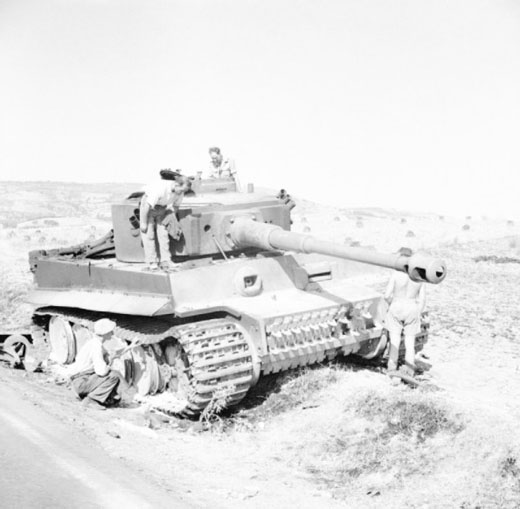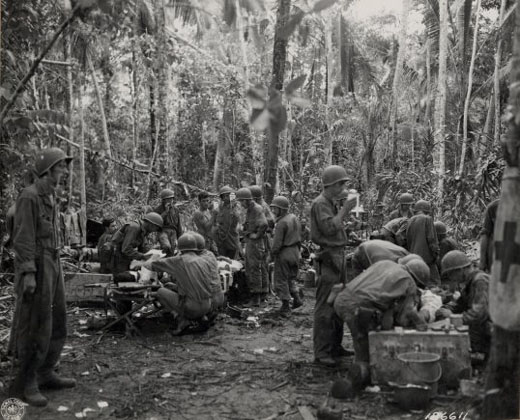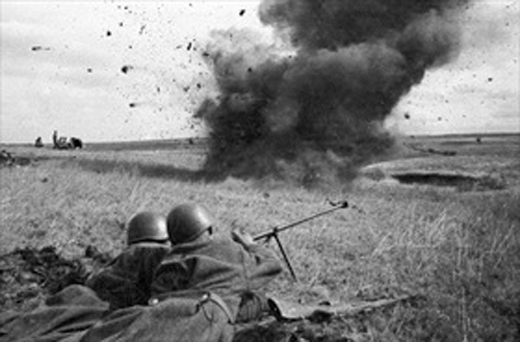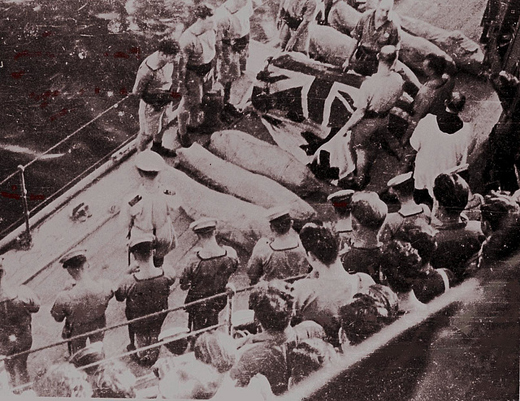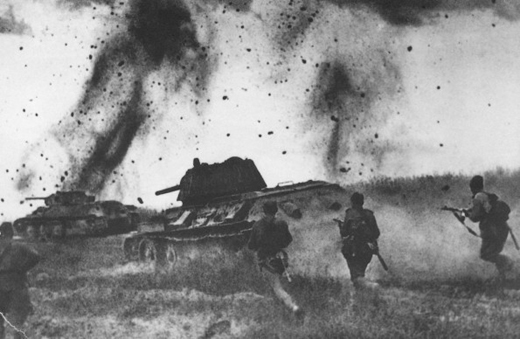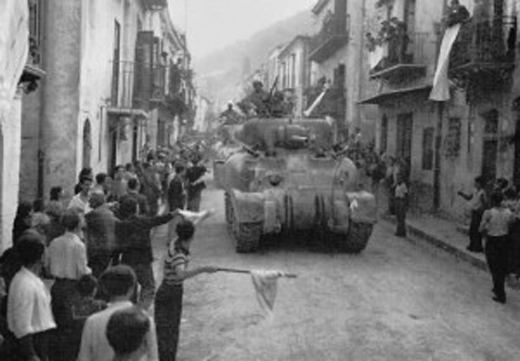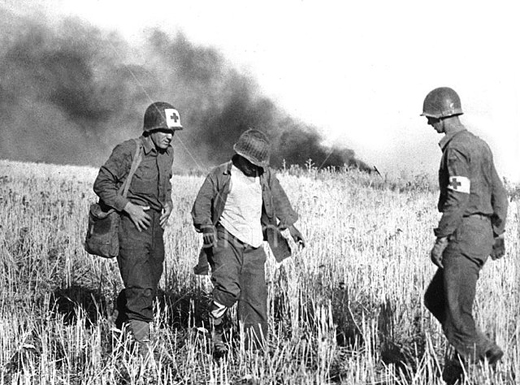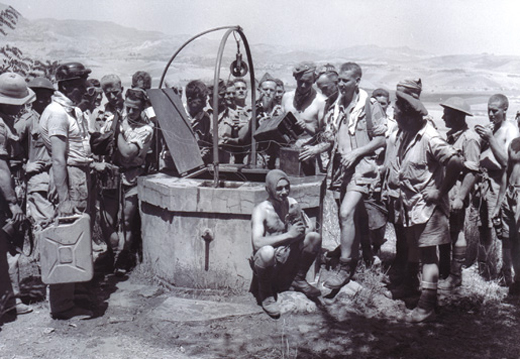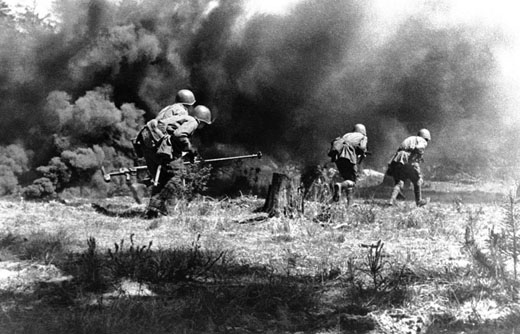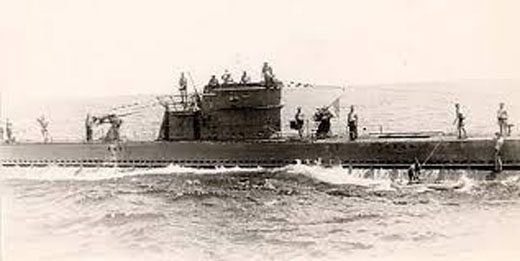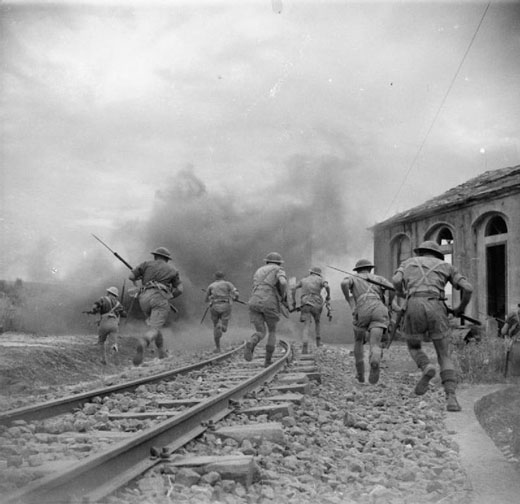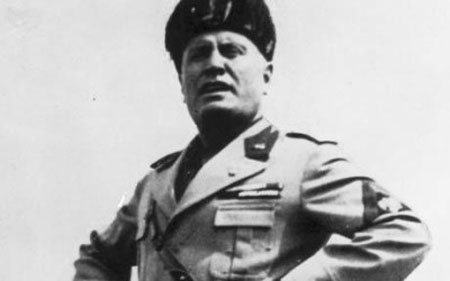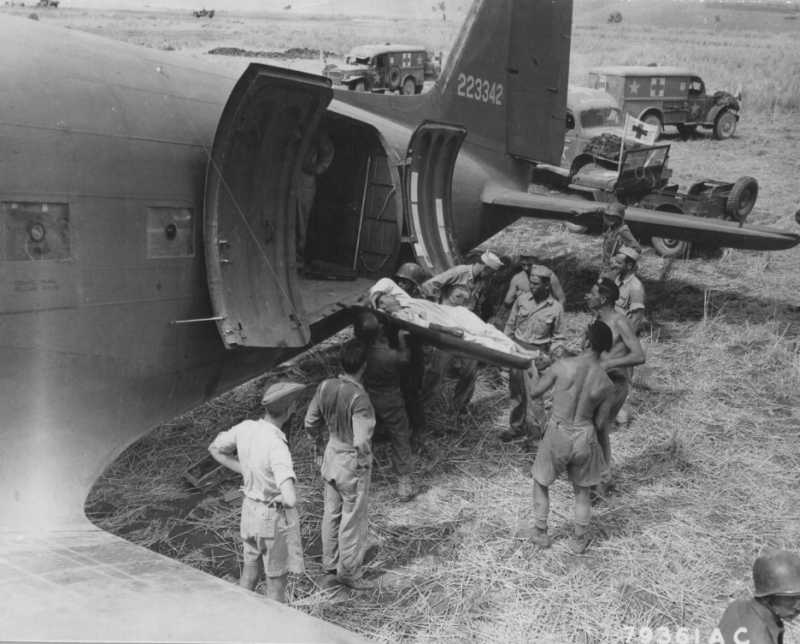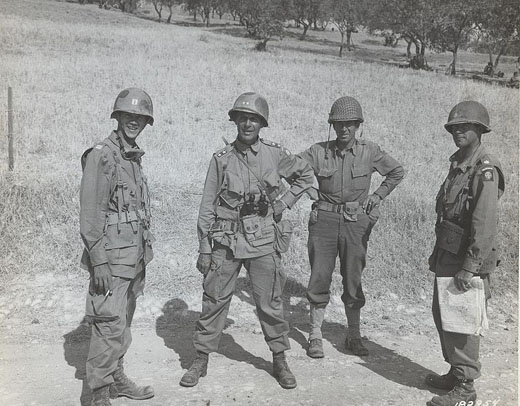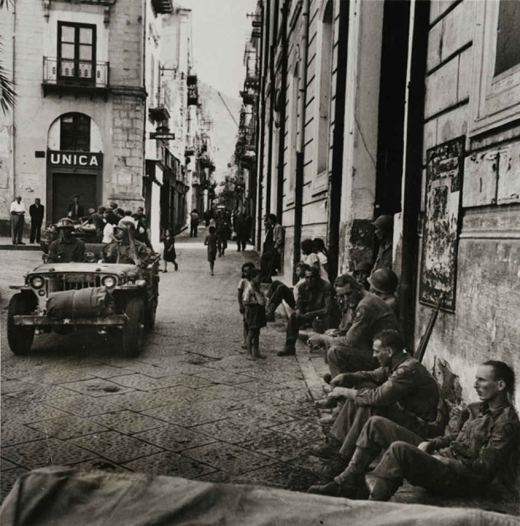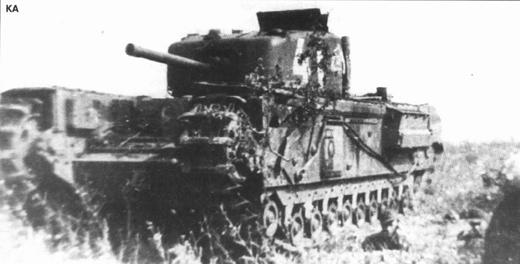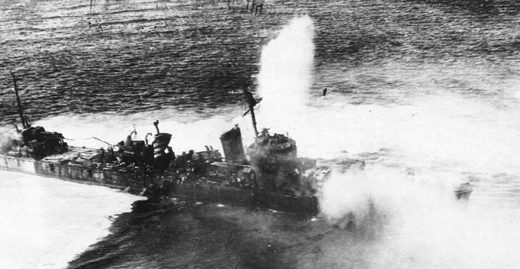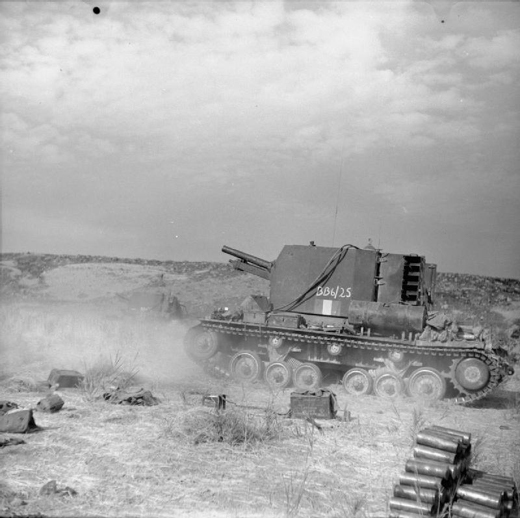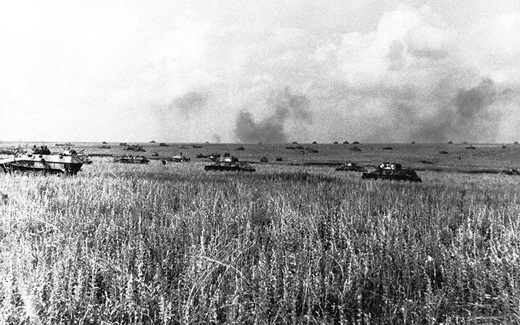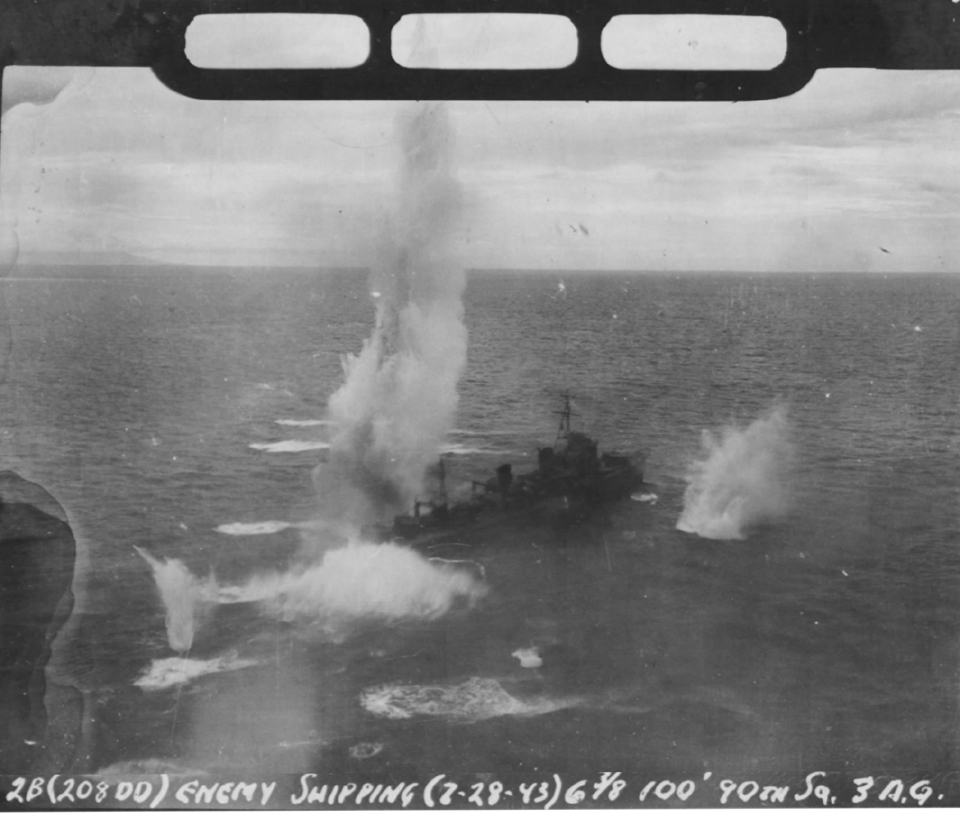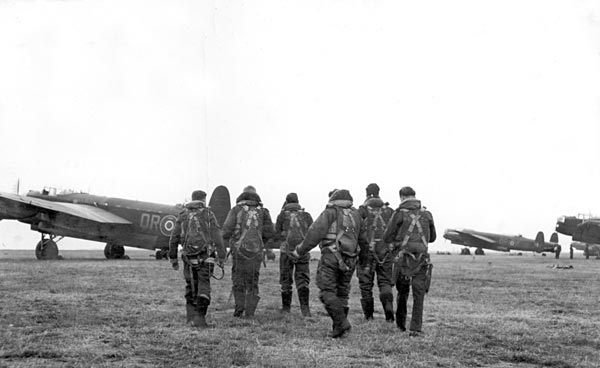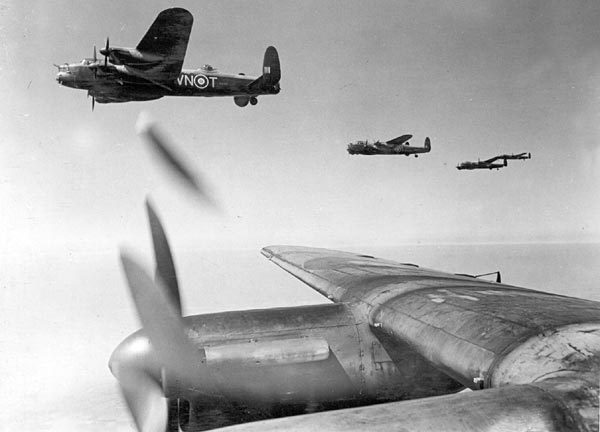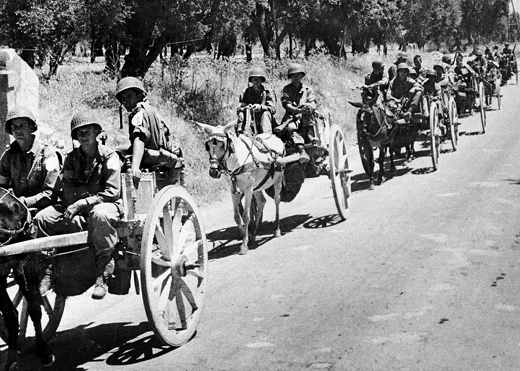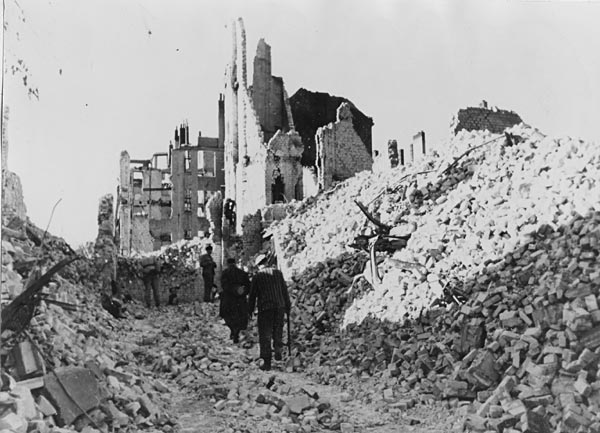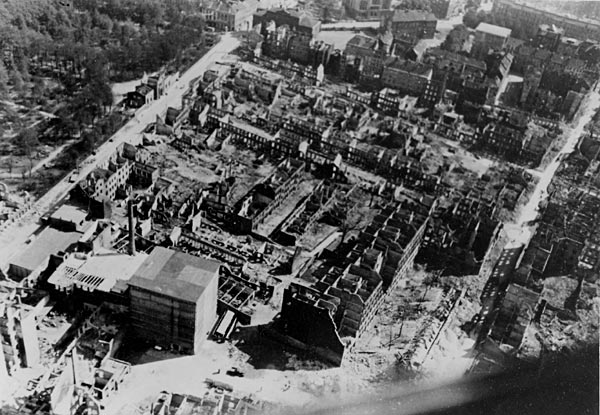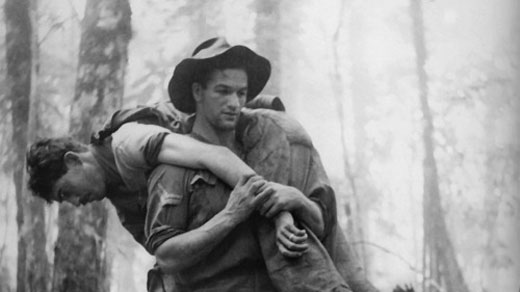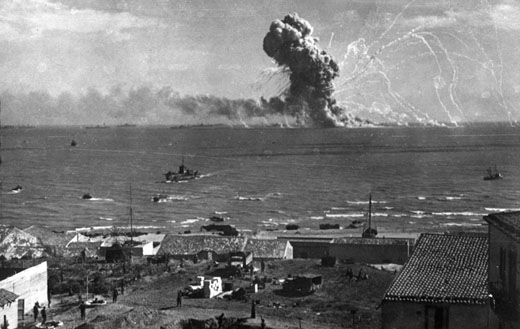|
A Yugoslav draftee in the German army who deserted to the Russians tell his questioners the Germans are planning a huge attack around Kursk at dawn on the 5th. Russian forces are alerted and move into stronger defensive positions.
CENTRAL USSR
The Germans are finally ready to launch Operation CITADEL. Their order of battle is as follows:
9th Army
On the northern shoulder of the salient stands the 9th Army under the command of Col-Gen Model (335,000 men, 590 tanks and 424 assault guns), made up of 21 German and 3 Hungarian divisions. The Hungarian divisins are used for anti-partisan and security duties and therefore will not be part of the offensive force. Of the 21 German divisions, 6 --the 2nd, 4th, 9th, 12th, 18th and 20th-- are panzer formations, with the 10th Panzergrenadier Division and 14 infantry divisions completing the line-up.
XLVII Corps: the 2nd, 9th and 20th Panzer Divisions, 6th Infantry Divusuib and 21st Panzer Brugade. The armored divisions of the this corps are equipped with Panzer IIIs and IVs, plus StuG IIIs. However, the 21st Brigade has 3 Tiger companies in the 505th Panzer Detachment with 45 Tigers and 15 Panzer IIIs and the 909th Assault Gun Detachment has a total of 36 vehicles.
XLVI Corps: the 4th and 12th Panzer Divisions, as well as the 10th Panzergrenadier Division, with a total of 184 tanks (held in reserve).
XLI Corps: the 18th Panzer Division, as well as the 86th and 292nd Infantry Divisions. It also comprises the 653rd and 654th Heavy Tank Destroyer detachments, recently formed and equiped with the entire production run, to date, of Porsche Ferdinand tank destroyers and a small number of Panzer IVs. Additional firepower is provided by the StuG IIIs of the 177th and 244th Assault Gun Brigades, and by the 66 Brummbar assault guns of the 216th Panzer Battalion.
XX Corps:4 infantry divisions.
XXIII Corps: three and one-third infantry divisions.
|
4th Panzer Army
On the southern shoulder of the salient is the 4th Panzer Army, commanded by Col-Gen Hermann Hoth; and Army Detachment Kempf, commanded by Gen Walter Kempt. The Strength of Manstein's command is nearly 350,000 men, 1,269 tanks and 245 assault guns, excluding reserves.
LII Corps: on the left, consistes of 3 infantry divisions, which will assume a mainly defensive posture.
XLVIII Panzer Corps: in the center, comprises the 3rd and 11th Panzer Divisions, the 167th Infantry Division, and the Grossdeutschland Panzergrenadier Div, which includes the 200 Panthers of the 10th Panzer Brigade --in all, 535 tanks and 66 assault guns.
II SS Panzer Corps: to the south, is made up of 3 SS Panzer Divisions --Leibstandarte, Das Reich and Totenkopr-- with a total of 390 tanks and 104 assault guns, including 42 ot Army Group South's 102 Tigers.
Army Detachment Kempf is tasked with guarding the right flank of the 4th Panzer Army, and consistes of 3 army corps.
III Panzer Corps: the 6th, 7th and 19th Panzer Divisions with 299 tanks; 228th Assault Gun Detachment with 25 StuG IIIs; and the 168th Infantry Division. The cutting edge of the III Panzer Corps is the 503rd Panzer Detachment with 45 Tigers.
XI Corps (Corps Rauss): the 106th and 320th Infantry Divisions and the 905th and 393rd Assault Gun Detachments with 25 StuG IIIs each.
XLII Corps: the 39th, 161st and 282nd Infantry Divisions plus the Nashorn-equipped 560th Heavy Panzer Destroyer Detachment with 40 tank destroyers, and Heavy Tank Destroyer Detachment C with approximately 40 assault guns.
XXIV Panzer Corps:In support is XXIV Panzer Corps, which includes the 17th Panzer Division and the 5th SS Panzer Division Wiking, a total of 112 tanks.
The Wehrmacht has amassed n impressive force, but its Red Army opponent is equally strong. To the north of Army Group Center is the Western Front: 50th Army, 11th Guards Army and the First Air Army, a total of 211,458 troops, 4,285 guns and mortars, 144 rocket launchers, 745 tanks and self-propelled guns and 1,300 aircraft.
|
Bryansk Front
Opposite Army Group Center is the Bryansk Front: 3rd Army, 61st Army, 63rd Army and the 15th Air Army: 433,616 troops, 7,642 guns and mortars, 160 rocket launchers, 794 tanks and self-propelled guns and 1,000 aircraft.
Central Front
In the Kursk salient is Rokossovsky's Central Front: 48th Army, 13th Army, 70th Army, 65th Army, 60th Army, 2nd Tank Army and 16th Air Army, a total of 711,575 troops, 11,076 guns and mortars, 246 rocket launchers, 1,785 tanks and self-propelled guns and 1,000 aircraft.
Voronezh Front
Alone in the salient is the Voronezh Front: 38th Army, 40th Army, 1st Tank Army, 6th Guards Army, 7th Guards Army, 69th Army and the 2nd Air Army, a total of 625,591 troops, 8,718 guns and mortars, 272 rocket launchers, 1,704 tanks and self-propelled guns and 900 aircraft.
Steppe Military District
In reserve is the Steppe Military District: 5th Guards Tank Army, 5th Guards Army, 4th Guards Tank Army, 27th Army, 47th Army, 53rd Army and 5th Air Army, a total of 573,195 troops, 8,510 guns and mortars, 1,639 tanks and self-propelled guns.
Southwestern Front
To the south, opposite Army Group South, stands the Southwestern Front: 57th Army and the 17th Air Army, a total of 65,000 troops and 80 tanks. Inside the salient are in-depth and complex defenses: up to 2,400 anti-tank and 2,700 anti-personnel mines were laid per mile in the 6th Guards Army sector, amounting to 69,688; and 64,340 mines in its first line of defense alone. In the second and subsequent defense belts the density of mines falls off sharply, but the basic principle of channelling the advancing tanks has not been ignored. On the Voronezh Front alone 60,000 mines of all types have been laid. The length of the frontline is close to 300 miles and the depth is almost 110 miles, dividing roughly into 8 lines. Across the 'neck' of the salient, the line to be held by Steppe Military District, lied another defensive belt with yet another running along the Don River to the north and south of Voronezh.[MORE]
[  | |   ] ]
|
